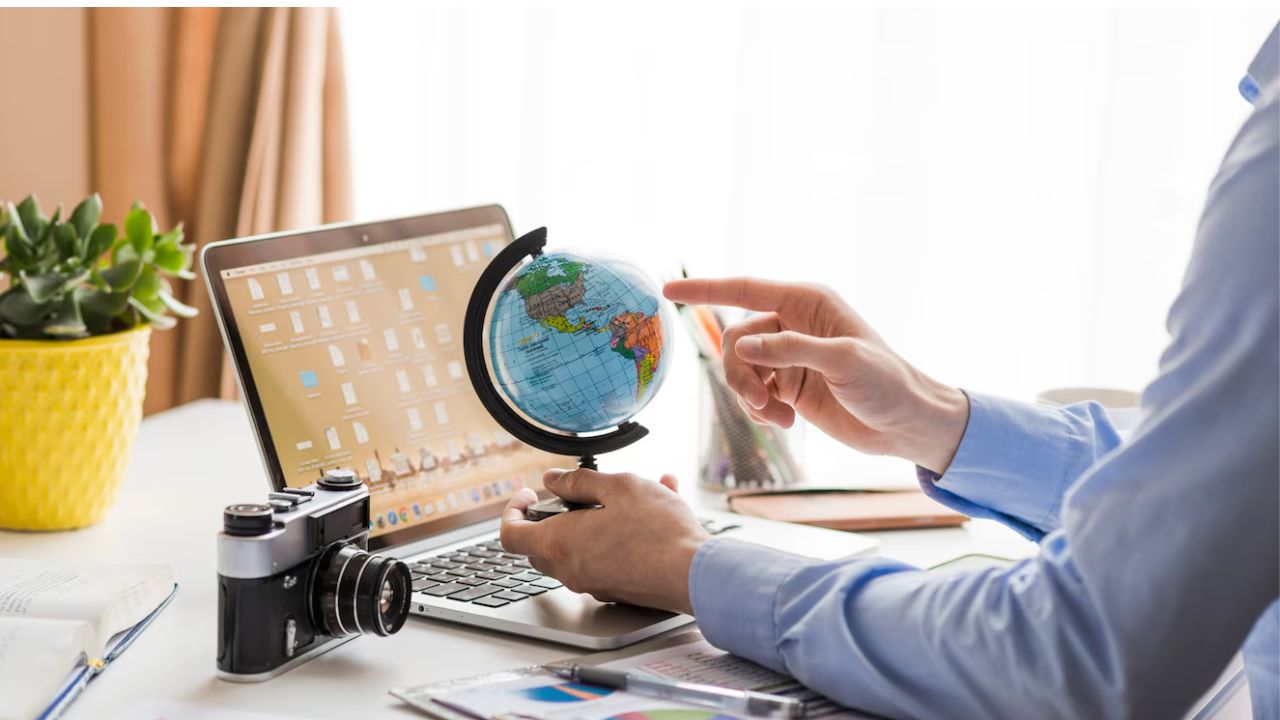It is not as simple as it may seem to plan a great road trip. You need to ensure you have everything packed up that’s needed and that everyone involved remains friendly by the time the journey ends.
Road trips offer the chance to see new places, make memories for life, and enjoy the freedom of open roads, but safety must always come first when embarking on such adventures. In this comprehensive guide, we cover every aspect of planning and executing a safe yet enjoyable road trip, from pre-trip preparations all the way through on-the-road tips.
● Vehicle Check and Maintenance
To ensure the smoothest road trip possible, it’s essential that your vehicle be in top shape. Start by conducting a comprehensive vehicle inspection; this includes checking tire pressure, brakes, lights, and fluid levels, as well as making sure tools such as spare tires and tools are operational. Routine maintenance like oil changes is crucial in order to prevent unexpected breakdowns, so if you are unfamiliar with car maintenance, it may be advisable for a professional mechanic to conduct an evaluation on your behalf.
● Route Planning
Effective route planning is key to any successful road trip. Take your time researching all of the roads, highways, and alternate routes you will use, using GPS navigation apps such as Google Maps or Waze for real-time traffic updates and directions, but always carry physical maps just in case the GPS signal disappears in remote areas.
● Emergency Kit
In an effort to stay safe, always assemble a well-stocked emergency kit. Include items like first aid supplies, flashlights, batteries, blankets, non-perishable food items, and essential tools, as well as jumper cables and jacks, which could come in handy should there be car issues.
● Accommodations and Reservations
To ensure an enjoyable travel experience, plan on staying at hotels or motels along your route by making reservations ahead of time during peak travel seasons. Keep a list of potential rest areas and campgrounds handy should any unexpected detours arise or should your reservations fall through.
● Personal Safety
Always let someone know your whereabouts. Share your itinerary with a trusted friend or family member and carry identification such as a driver’s license, car registration information, and proof of insurance documentation. Keep your phone charged up and have an emergency portable charger handy just in case
● Staying Alert and Avoiding Fatigue
Driver fatigue is one of the primary causes of road trip accidents. Be sure to get enough rest prior to beginning your trip, then take regular breaks every 2-3 hours on the road for stretching, resting, hydrating, and stretching exercises. If you start feeling sleepy while on the road, switch drivers or find somewhere safe where you can take a power nap if necessary.
● Food and Hydration
Pack a cooler full of healthy snacks and drinks to avoid unnecessary fast food stops. Keeping hydrated is key to maintaining energy and focus while driving; dehydration can cause fatigue and decrease concentration levels significantly.
● Roadside Safety:
If you need to pull over, do so only in well-lit and populated areas. In case of car trouble, use road flares, hazard lights, and reflective markers so your vehicle is visible to other drivers on the road and ensures its own safety on the sidelines.
● Weather Awareness
Before embarking on any journey, always consult weather forecasts along your route and make necessary changes based on this data. Be prepared for changing conditions by having clothing and supplies that can adapt quickly if the situation warrants it.
● Navigating and Communicating
When using your phone for navigation purposes, be sure it’s mounted securely and does not obscure your view. Also, use a hands-free device if calling while driving; this minimizes distractions while increasing road safety.
● Entertainment and Comfort
For a comfortable journey, be sure to pack essentials such as pillows, blankets, and comfortable clothing, as well as seat cushions to add added support for long drives. Also, create a road trip playlist or download audiobooks, podcasts, or music for entertainment, such as creating “I Spy” games or the license plate game as conversation starters and bonding exercises on the road trip!
● Fuel and Rest Stops
Plan ahead and schedule fuel stops accordingly to prevent your gas tank from running dry too quickly in remote areas where gas stations may be limited. Rest stops offer more than just bathroom breaks; they provide opportunities for stretching, walking, and taking in the sights that will recharge you for your journey ahead.
● Roadside Assistance and Car Insurance
Consider signing up for a roadside assistance program or making sure that your auto insurance includes such coverage in case of a breakdown or accident. Be familiar with the procedures and contact details to easily acquire roadside assistance when needed, keeping all relevant details easily accessible.
● Camping and Outdoor Adventures
If your road trip includes camping or outdoor adventures, make sure that you familiarize yourself with the regulations, availability of campsites, and weather conditions in advance. Obtain and know how to use necessary camping gear such as tents, sleeping bags, and cooking gear before embarking.
● Local Cuisine and Dining
Enjoy regional food specialties by engaging with the cuisines from across the world and taking advice from the people living nearby on where you can find the best food. Try new things with caution if you have food allergies or restrictions; always ask about ingredients first if unsure.
● Safety in Unfamiliar Areas
To stay safe while exploring less-traveled routes or remote areas, inform someone of your plans and anticipated return time. Be wary of unfamiliar or dangerous areas. Trust your instincts when selecting stops along your journey.
● Community and Cultural Experiences
Engage with local communities and immerse yourself in local culture through interactions with residents of nearby areas and visits to museums, markets, or cultural events in order to gain a deeper insight into each destination you pass through. Respect local customs and traditions while traveling responsibly, as part of being a considerate traveler.
● Wildlife and Nature Conservation
When driving through natural areas, be wary of wildlife crossings and signs. Drive cautiously in order to avoid collisions with animals. Follow Leave No Trace principles when disposing of waste properly while respecting wildlife habitats.
● Environmental Responsibility
To help minimize environmental impact and conserve resources, try to use reusable water bottles, reduce plastic use, recycle where applicable, and follow environmental regulations in parks or protected areas.
Conclusion
A well-planned road trip can be an exciting and rewarding adventure, filled with unforgettable moments. By prioritizing vehicle maintenance, route planning, safety preparations, and staying alert throughout your travels, you can ensure it not only remains memorable but is also safe. Road trips that are safe and memorable require careful planning, adaptability, and taking pleasure from both the journey and destination. By prioritizing safety and well-being during your road trip experience, these elements can enhance it while adding another dimension. Get ready for adventure on open roads; be prepared for unexpected turnabouts; and create lasting memories along the way.





